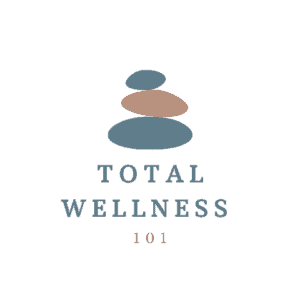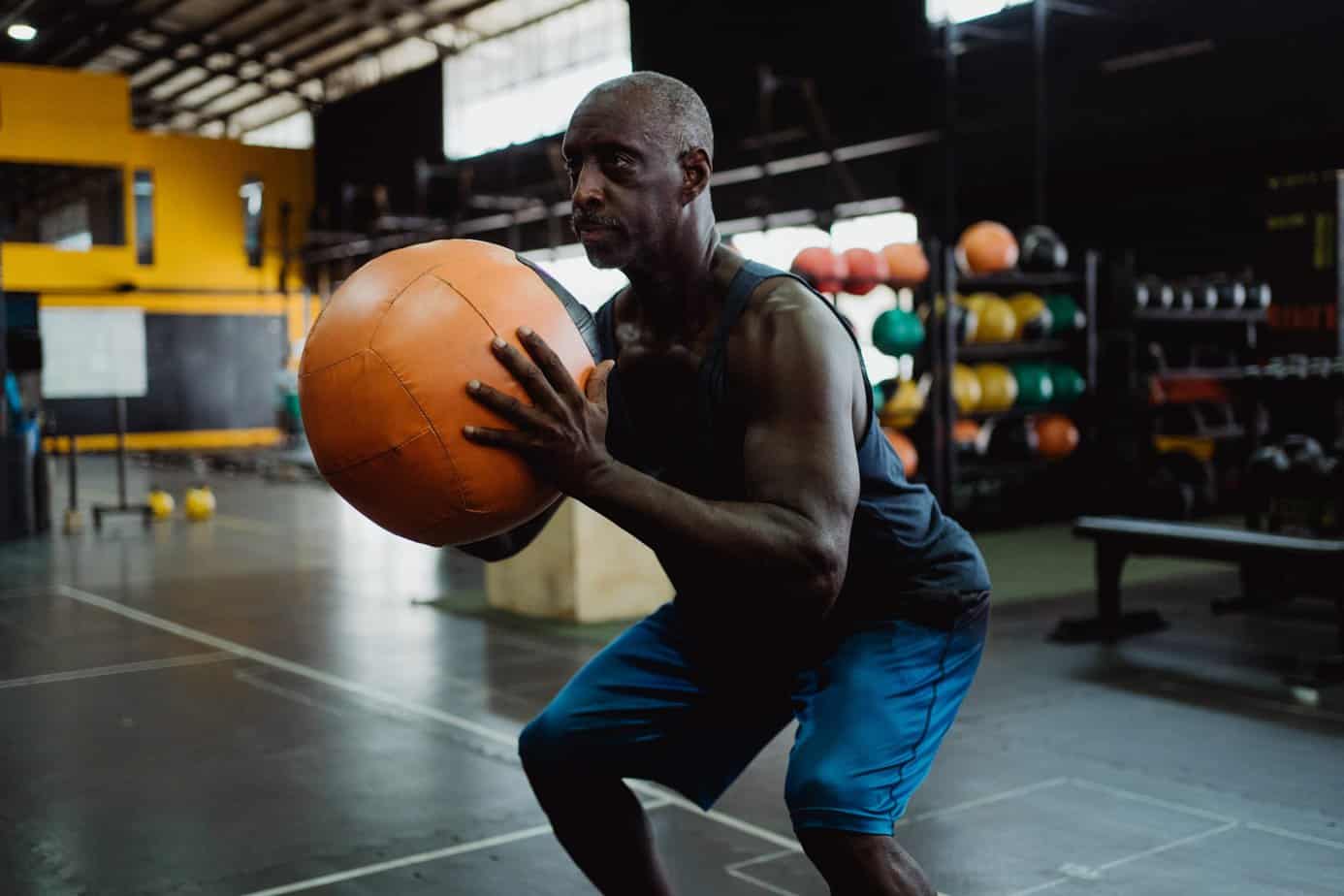In recent years, functional fitness has emerged as a highly popular and effective training approach in the fitness industry. With its focus on enhancing physical performance and preventing injuries, functional fitness has revolutionized the way people exercise and prioritize their overall well-being. In this comprehensive guide, we will delve into the extensive benefits of functional fitness, compare it with traditional training methods, explore a range of popular functional exercises, examine practical applications in daily life and sports, discuss its suitability for various populations, and provide practical tips for incorporating functional fitness into your workout routine.
Benefits of Functional Fitness
The benefits of functional fitness extend far beyond simply building muscle. By engaging multiple muscle groups and replicating real-life movements, functional fitness enhances strength, mobility, stability, coordination, and balance. These improvements not only contribute to optimal physical performance but also reduce the risk of injuries during everyday activities. Functional fitness helps correct muscle imbalances, improve posture, and enhance movement quality, ensuring your body functions optimally in all aspects of life.
Functional Fitness vs. Traditional Training
To fully understand the power of functional fitness, it’s important to compare it with traditional training methods. Traditional training often focuses on isolated exercises that target specific muscle groups, such as bicep curls or leg extensions. While these exercises have their merits, functional fitness takes a holistic approach by prioritizing movements that engage multiple muscle groups simultaneously. This paradigm shift is driven by the recognition that isolated exercises may not directly translate to improved performance in everyday activities. Functional fitness, on the other hand, closely mimics real-life movements, making it more practical and applicable to daily life and sports.
Functional Fitness Exercises
A wide range of functional exercises can be incorporated into your workout routine to reap the benefits of functional fitness. Let’s explore some popular functional exercises and their specific benefits:
1. Squats: Squats mimic the motion of sitting down and standing up, engaging muscles used in everyday activities such as getting in and out of a chair or picking up objects from the ground. They strengthen the lower body, including the quadriceps, hamstrings, and glutes.
2. Lunges: Lunges improve lower body strength and stability while replicating movements like walking, climbing stairs, or getting in and out of a car. They target the quadriceps, hamstrings, glutes, and calves.
3. Kettlebell Swings: Kettlebell swings are a dynamic exercise that focuses on the posterior chain, including the glutes, hamstrings, and lower back. They develop explosive power and improve hip mobility, making them beneficial for activities that involve hip extension, such as jumping or sprinting.
4. Medicine Ball Throws: Medicine ball throws enhance core strength and rotational power, which are crucial for various sports and daily activities that involve twisting or throwing. These exercises engage the abdominal muscles, obliques, and upper body muscles.
5. Farmer’s Carries: Farmer’s carries are excellent for grip strength and reinforcing the muscles necessary for carrying heavy objects. This exercise challenges the core, upper back, and forearms while improving overall stability.
Real-Life Applications
The practicality of functional fitness is evident in its direct translation to real-life scenarios. By incorporating functional exercises into your training routine, you develop the strength, mobility, stability, and coordination required to perform everyday tasks with ease and efficiency. Functional fitness prepares your body for activities such as lifting groceries, moving furniture, or engaging in recreational sports. Moreover, athletes can greatly benefit from functional fitness as it replicates the specific movements and demands of their respective sports, leading to improved agility, coordination, and power on the field or court.
Functional Fitness for Different Populations
One of the remarkable aspects of functional fitness is its suitability for people of all ages and fitness levels. Functional exercises can be tailored to address the specific needs and goals of different populations. For older adults, functional fitness becomes a valuable tool for improving balance, stability, and overall quality of life. By incorporating exercises that enhance mobility, strengthen the core, and improve joint flexibility, older adults can reduce the risk of falls, maintain independence, and enjoy an active lifestyle. Athletes, on the other hand, can utilize functional fitness to elevate their performance by focusing on exercises that directly mimic the movements required in their respective sports, leading to enhanced agility, coordination, and power.
Tips for Incorporating Functional Fitness
If you’re eager to introduce functional fitness into your workout routine, here are some practical tips to guide you:
1. Seek expert guidance: Consult with a qualified fitness professional who can design a personalized functional fitness program tailored to your specific goals, needs, and fitness level. They can provide guidance on exercise selection, proper form, and progression.
2. Prioritize proper form: Proper form is essential in functional exercises to ensure safety and maximize effectiveness. Focus on mastering the correct technique for each exercise, and start with lighter weights or bodyweight exercises before progressing to more challenging variations.
3. Gradually progress: Begin with exercises that align with your current fitness level and gradually increase intensity, difficulty, and resistance as you become more comfortable and stronger. This progressive overload approach helps your body adapt and continue to improve.
4. Embrace variety: Incorporate a diverse range of functional exercises into your routine to target different muscle groups and movement patterns. This not only keeps your workouts interesting and engaging but also ensures a well-rounded approach to functional fitness.
5. Consistency is key: To experience the transformative benefits of functional fitness, maintain a consistent workout schedule that includes regular functional exercises. Aim for at least two to three sessions per week to allow your body to adapt and progress.
Functional fitness is a powerful training approach that unlocks your full potential for optimal physical performance and injury prevention. By incorporating functional exercises that engage multiple muscle groups and replicate real-life movements, you can enhance strength, mobility, stability, coordination, and balance. Embrace functional fitness as a transformative journey towards optimal physical well-being. Whether you’re an athlete aiming to improve sports performance, an older adult seeking to maintain independence, or simply someone looking for a practical and efficient way to move and perform daily tasks, functional fitness holds the key to unlocking your true potential. Start incorporating functional exercises into your workout routine and experience the profound impact they can have on your overall fitness and quality of life.
Recent Posts
In the pursuit of professional success, the modern working professional often finds solace in a cup of coffee or energy drink. Caffeine, the world's most widely consumed psychoactive substance, has...
Strategies for Sales Professionals to Reduce Back Pain and Injuries
In the fast-paced world of sales, professionals often find themselves navigating through long hours, client meetings, and constant travel. Amidst the pursuit of closing deals and meeting targets, the...

